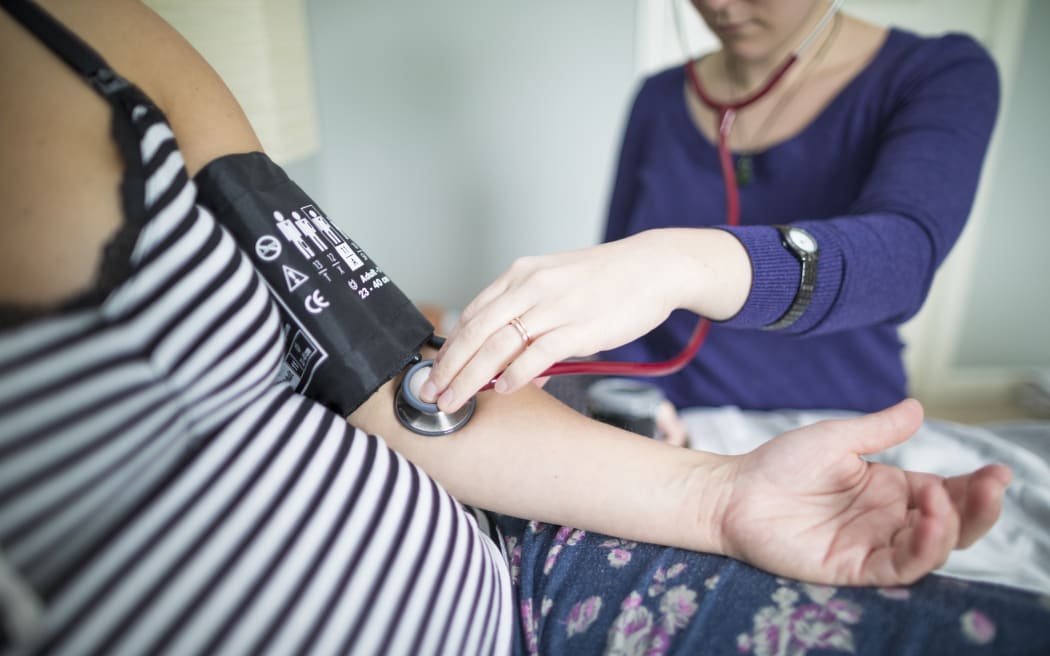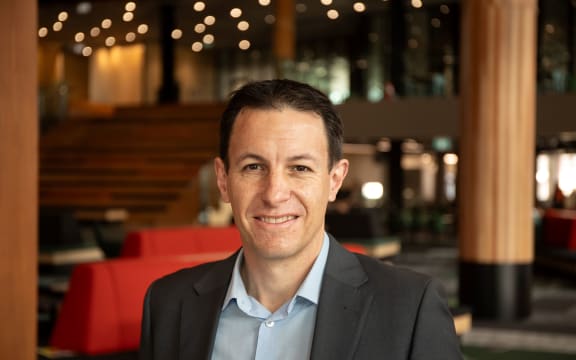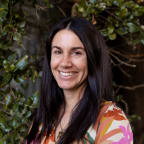
It is designed to be three days a week of learning, allowing students to continue to work the other two days. Photo: Getty Images
A midwifery school set to open next year at the University of Waikato has been established to help reduce a dire shortage of midwives.
The workforce has a 40 percent vacancy rate, with gaps totalling about 1000 midwives, and in Waikato that increases to 50 percent, according to the university health dean professor Jo Lane.
It makes finding a midwife harder and compromises maternity care for mothers and babies.
"We absolutely have to think about how we train and graduate more midwives through our system," Lane said.
The university was approached to help fill the need by Te Whatu Ora Waikato in November 2022.
In 2023, two Waikato birthing centres closed their doors because of a chronic shortage of midwives.
Lane said the two-year Master's programme was slightly different from others currently offered in New Zealand including at Wintec, also in Hamilton.
"It's about a programme that's going to be attractive and achievable for students to complete."

Dean of Health at University of Waikato professor Jo Lane. Photo: Supplied
As the first graduate-entry programme for midwives, it has been developed with an emphasis on flexibility and support, particularly for mature students who are more likely to choose the profession.
"Midwifery typically attracts a more mature student cohort coming through and so they've got different pressures on in their lives, and having a programme designed around those pressures to be really supportive so we have really high completion rates, is crucial," Lane said.
Unique to the programme will be classes aligned with school terms instead of the traditional university trimesters to recognise that many of the students expected to enrol will have childcare needs.
It was also designed to be three days a week of learning, allowing students to continue to work the other two days to cater for households with mortgages and financial constraints that could otherwise cause a student to drop out.
"If you look at the Health Workforce Plan from Te Aka Whai Ora and Te Whatu Ora from last year they identify completion rates of midwifery programmes are relatively low and that's a key challenge in terms of ensuring we have sufficient midwives to meet our workforce needs."
Another difference will be pairing up students in their clinical placements so that they are not burning out when they shadow a lead maternity carer and the LMC's partner midwife.
It is expected that graduates of other health professions will retrain in midwifery.
Lane said graduate-entry Master's degrees were common overseas and had been successfully delivered for decades in a wide range of health professions including midwifery.
New Zealand already had graduate-entry programmes - where students had a tertiary-level qualification - in nursing and physiotherapy and next year the university would also launch a graduate-entry pharmacy programme.
It wants to open a third medical school to train doctors in rural and primary care from 2027, which would also be a graduate-entry programme if the proposal goes ahead.
Hamilton midwife Tracey Aubin, who owns Waterford Birth Centre, said the new programme provided an accessible pathway for other health professionals to become midwives.
"It's great to have a programme like this to complement the existing traditional Bachelor of Midwifery programmes."
The degree, which would cost students $9000 a year, is expected to begin in 2025 with an initial intake of 20 students.




